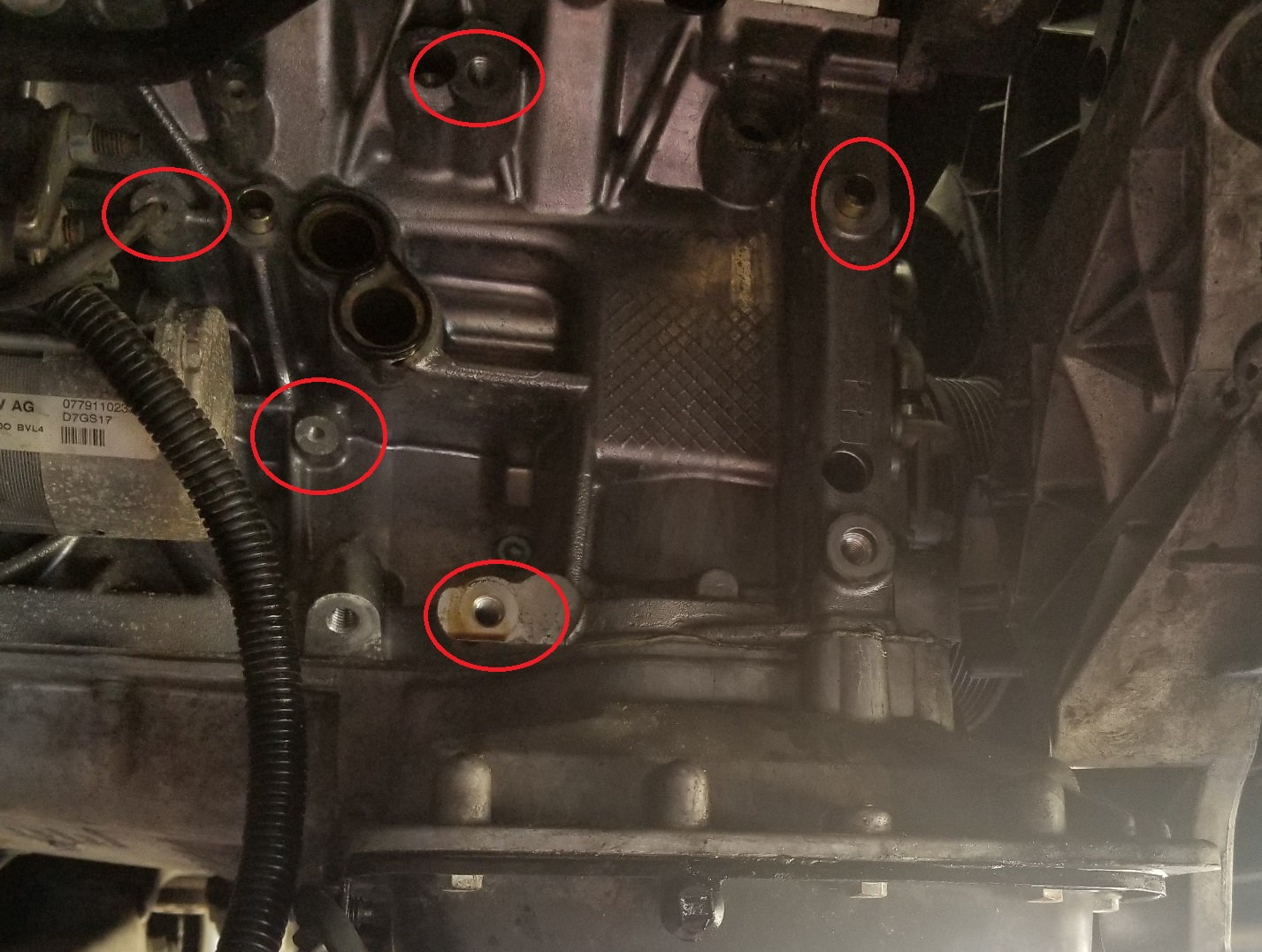
That jar is currently sitting on my workbench and I check it every few days. I will continue to do this periodically until I am convinced nothing is going to change. I have even heated the jar to 220 F several times. I then checked for any signs of thickening or particulate drop out.

I added a small piece of aluminum and a small piece of cast iron and I mixed it thoroughly. Before I put in my car I mixed some (at double the recommended dosage) with 50/50 G-12/H 20 in a small canning jar. as I already mentioned I spent a lot of time researching different stop leaks and looked extensively for any reported problem with the latest version that I chose (Liquid Aluminum). Just to let you know how anal I am about putting stuff like this in my car I'll give you the longer version. Wow dude, I can't believe you actually tried this on your car.Dan,

I wouldn’t consider using stop leak for anything more serious than a seeping radiator but for this application it seems to work quite well. So far I am very happy with a $6 repair instead of spending a Saturday replacing a $140 radiator. It now consistently takes an additional ½ mile of driving before the gauge centers. I have been driving this car daily for 6 years so I know pretty much exactly how far I can go on a cold start before the temperature gauge centers. Apparently it really does work, and quite well. It is supposed to reduce the surface tension of the water and improve the heat transfer properties. The other thing I found interesting was the effect of the “Xtreme Cool” additive. I only added ½ of the bottle and the seeping stopped almost immediately. When I added it to the coolant the color of the coolant remained the same, no discoloring apparent at all. If you rub it between your fingers you cannot feel the aluminum particles. Clicky click The stop leak looks like a clear gel with a lot of metal flake dispersed in it.

Here is what appears to be the best thing available. I really didn’t feel like messing with a radiator replacement so I decided to research the latest technology in stop leak products. A fairly common problem with radiators after 5 or 6 years of heat cycling. When I got home I checked everything out and found that the seam between the plastic end cap and aluminum core on the radiator was seeping a little. OK guys, I have my flame suit on and ready to go!Ī few weeks ago on my way home from work I was sitting at a stop light and happened to notice a wisp of steam coming from under the front of my hood.


 0 kommentar(er)
0 kommentar(er)
